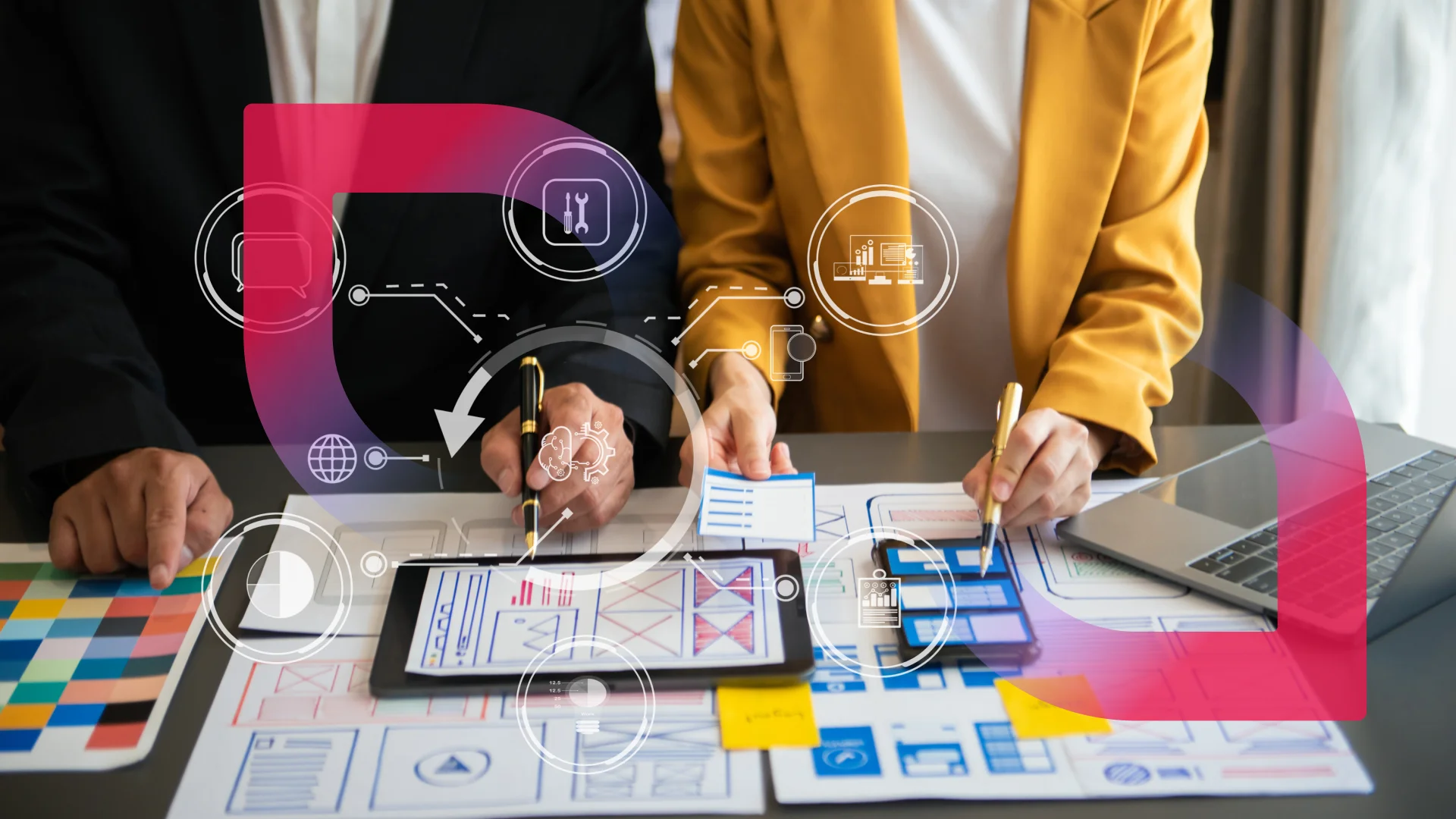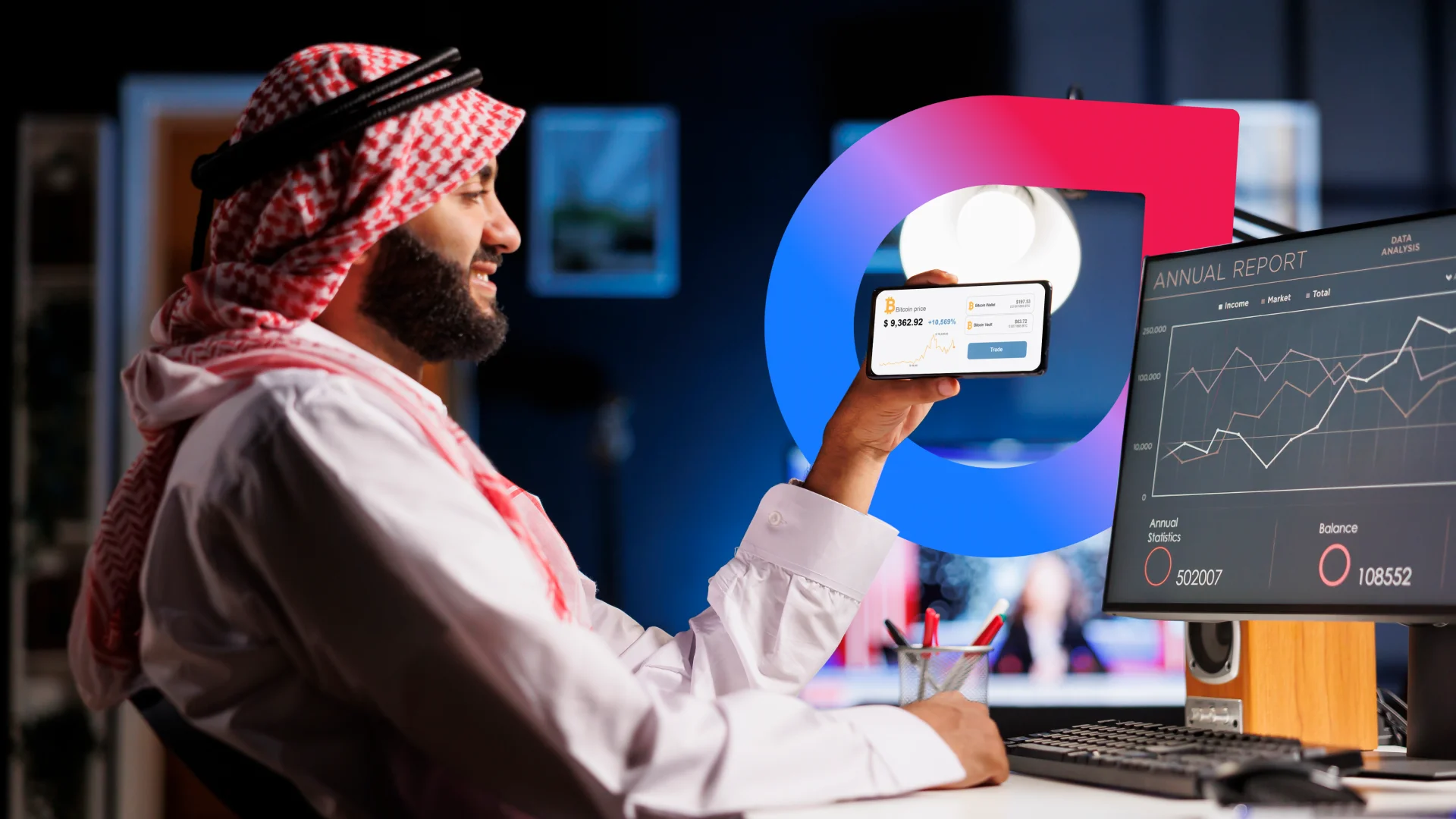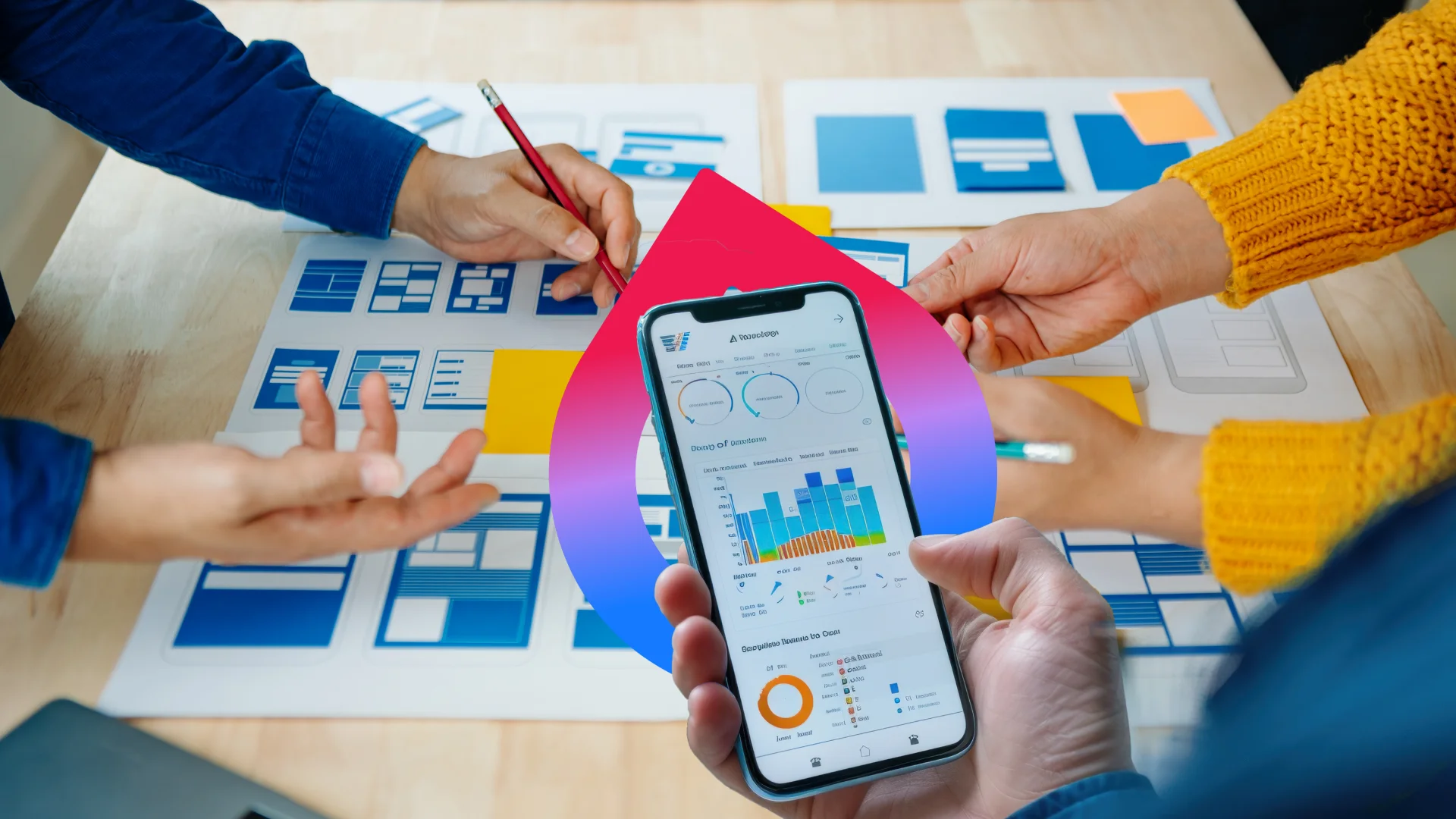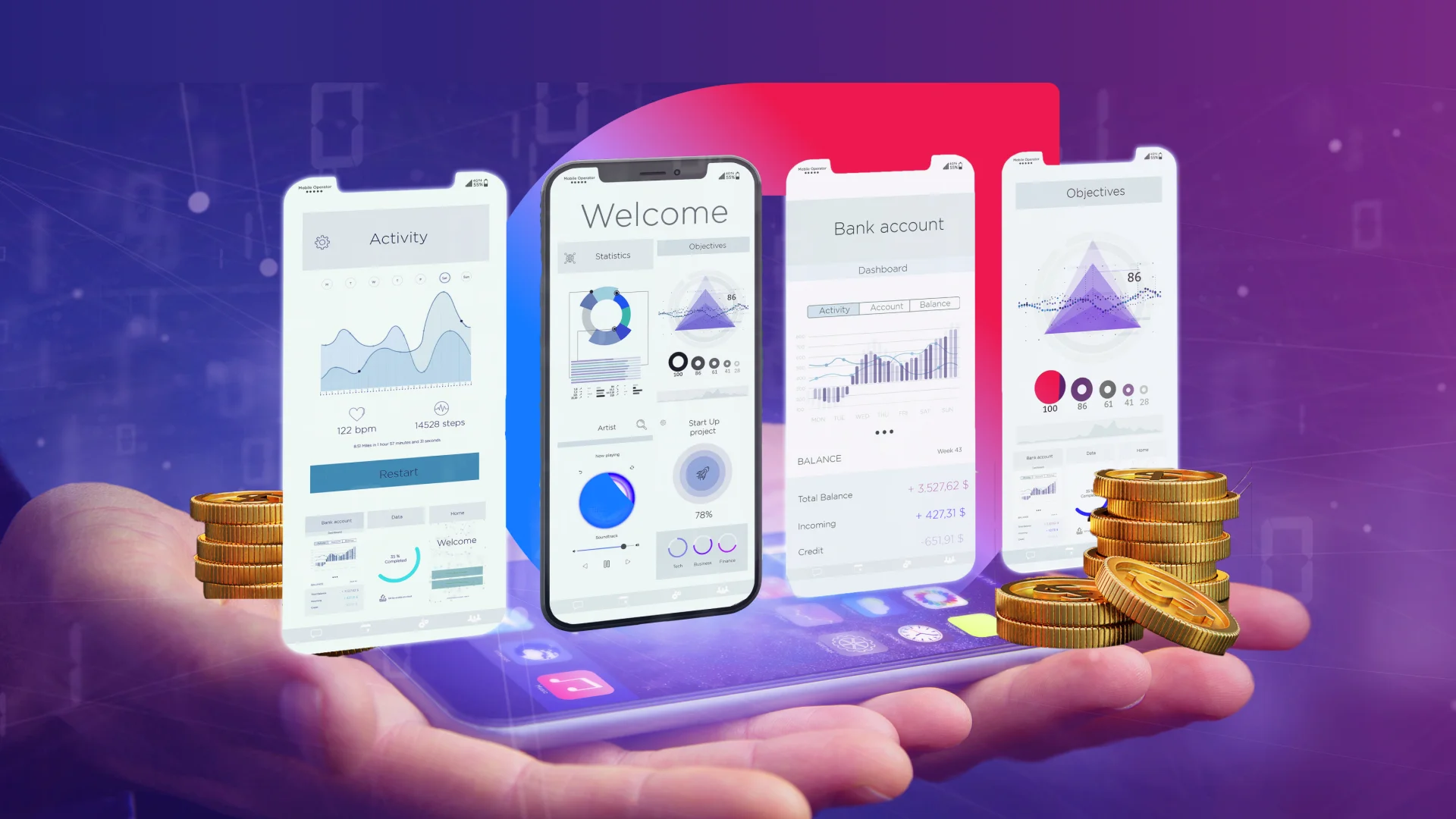Application Modernization Strategy: Definition, Challenges, Steps, and More
- Mobile
- July 22, 2024
Implementing an application modernization strategy is an expensive and time-consuming process, making it essential for businesses to understand the critical aspects of this process to ensure success. This guide aims to provide you with a clear understanding of application modernization strategies, reasons to modernize legacy applications, considerations to make, and more.
The recent wave of digital transformation and technological advancement has got the C-suite executives in many businesses to reconsider whether their existing software solutions have fallen into the ‘legacy’ category. While these systems may still be operational and foundational to the business digitalization process, they often fail to exhibit healthy performance and operation efficiency KPIs.
This trend is reflected in the global application modernization services market, which was valued at $17.80 billion in 2023 and is projected to grow at a CAGR of 16.7% from 2024 to 2030.
This growth underscores the increasing recognition of the need to upgrade and modernize legacy systems to stay competitive in a rapidly evolving technological landscape.
In this comprehensive application modernization strategy guide, we will explore the fundamental understanding of modernizing legacy applications, a reason to opt for it, considerations to make before implementing legacy application modernization strategies, a well-defined app modernization strategy, and more.
What is Application Modernization?
Application modernization refers to the process of updating or transforming legacy (older or outdated) software applications by using latest technologies (programming languages, frameworks, databases, APIs, etc.), microservices architecture, development practices, or to cloud infrastructure.
Some common examples of application modernization are:
- Cloud migration of an on-premises legacy application
- Restructuring the application’s codebase without changing its external behavior
- Updating the application’s user interface (UI) and user experience (UX) design
- Upgrading the data storage and management capabilities
- Embedding AI/ML capabilities into the application for task automation
- Implementing DevOps practices
- Integrating legacy applications with modern apps
Why Modernize Legacy Applications?
Modernizing legacy applications doesn’t always involve replacing the entire old software but also enhancing some or all aspects of existing applications to meet current business and customer needs. This can be achieved by updating outdated aspects of the application that hinder performance. Here are some reasons to consider modernizing your legacy application:
Outdated technology stack
While the underlying solutions of legacy systems are business-critical, the technologies or IT infrastructure supporting them may be overly complex, outdated, or struggling to meet modern user and business expectations.
Signs such as slow loading times, frequent crashes, maintenance challenges, potential data breaches, lack of user-centric features, and more indicate the existing tech stack’s limitations.
Security vulnerabilities
Cyber attacks are any company’s worst nightmare as they not only lead to reputational damage but also hefty fines and loss of customer trust, which eventually impacts revenue.
Security vulnerabilities are a result of outdated security protocols, lack of regular security updates, insufficient monitoring, outdated technology, and more.
Also Read: How to enhance mobile app data security?
Limited scalability
With business growth, data volume increases, and more users interact with the systems simultaneously. Legacy systems, built on fixed hardware and software configurations, can only support growth to a limited extent, leading to increased load, performance issues, and even system failure.
Enhancing these systems with scalability is complex and expensive, as they are built on older codebases and technologies that are difficult to integrate with new technologies. Even adding new features in the existing system is a huge task for the team due to digital infrastructure and inflexible architecture.
Operational Inefficiencies
Outdated technology significantly impacts not only scalability but also the overall performance of a system over its service life.
While legacy systems were initially designed to enhance operational efficiency, many aspects of business operations still rely on manual data entry. This reliance not only slows down organizational efficiency but also increases the risk of errors and data inaccuracies.
Additionally, maintaining these outdated systems requires specialized skill sets, leading to a scarcity of professionals capable of managing them and driving up the costs of keeping the system running.
Integration Challenges
Legacy systems often face interoperability challenges due to their isolated data storage, inability to integrate with modern programming languages or frameworks, lack of standardized APIs, and reliance on outdated or proprietary data formats.
For example, attempting to integrate a customer management system (CMS) running on COBOL with a new cloud-based CRM platform built using modern technologies like Python, Node.js, and RESTful APIs can result in data silos and inefficient workflows.
In case of Vendor lock-in, the enterprise or organization gets tied up to specific vendors or their platforms. This restricts their ability to adopt cutting-edge solutions from alternative vendors, even if they offer superior features, due to contractual and technical constraints imposed by the existing vendor relationship.
If these signs have been overlooked, it may be time to consider whether your system is signaling the need for application modernization.

Key Considerations Before Application Modernization
When modernizing an application, several critical business aspects are at stake, including operational continuity, expenditure, ROI, customer expectations, and more. A failed application modernization strategy can significantly impact these aspects of the business. Therefore, it is essential for enterprises to carefully consider various factors to ensure the success of the modernization process.
Here are some critical considerations to make before app modernization:
Integration and compliance
Just as two people speaking different languages can’t communicate, two systems or apps cannot integrate well when the underlying technologies differ significantly.
When modernizing an app, the dedicated team has to ensure that the modern app seamlessly connects with the existing systems, software, and data within the organization. This involves both technical and operational integration to maintain workflow efficiency and data integrity.
Furthermore, to ensure that the app meets legal obligations, regulatory requirements, and industry standards, consider implementing organizational guidelines regarding data protection, privacy, security, and operational practices.
Expenditure review
From budget planning to evaluating potential ROI, cost assessment, risk management, and more, reviewing expenditure before application modernization is crucial. App modernization expenditure typically includes:
- Comparing current maintenance and operational costs with projected modernization costs.
- Determining budget allocations, covering expenses for development resources, software licenses, training, server costs, and potential unforeseen expenses.
- Identifying and mitigating financial risks associated with modernization.
- Considering indirect costs associated with the legacy application.
Data management constraint
App modernization involves the migration, storage, and management of large volumes of data, highlighting the importance of security, accuracy, integrity, compatibility, and accessibility throughout the process.
To ensure this, start by assessing the current state of data accessibility, evaluating the quality and integrity of existing data, reviewing data security measures and privacy compliance, establishing a data governance framework, and more.
ROI Analysis
The ultimate goal of enterprises or organizations planning for application modernization is achieving a positive ROI. For ROI analysis, the first step is to evaluate the potential reduction in operation and maintenance costs. Next, assess how the modernized legacy application can enhance employee efficiency and operational productivity, which will eventually contribute to ROI.
Additionally, calculate time savings from faster processing, reduced downtime, or quicker access to information. Last but not least, evaluate how scalability and flexibility improvements can support the future growth of your business.
Risks and Timeframes
In order to create a realistic modernization plan, evaluating the risks associated with it is an indispensable part of the process. Here are the risk considerations you must make:
- Technical Risks: Compatibility issues, data loss/corruption, security vulnerabilities, integration issues, unforeseen complexity
- Operational Risks: Downtime, skill gaps, disruption of services
- Financial Risks: Hidden costs, budget overruns, roi uncertainty
- Regulatory Risks: Compliance issues, legal consequences
For defining a realistic timeframe, create a detailed project plan that includes the following:
- Consider a phased approach to modernization
- Conduct pilot testing
- Set realistic timelines for each phase
- Include buffer time in your schedule
- Ensure stakeholder communication
- Continuously monitor the project’s progress to make adjustments as needed
By addressing these risk factors and planning thoroughly, you can mitigate potential issues and increase the likelihood of a successful legacy application modernization effort.
9-Step Roadmap to Application Modernization Strategy
As application modernization is a comprehensive process, it is essential for businesses to have a well-defined strategy to ensure a smooth transition to modernized applications. A strategic approach helps address the complexities involved and aligns the modernization efforts with business goals.
Here is a detailed application modernization strategy you can consider:
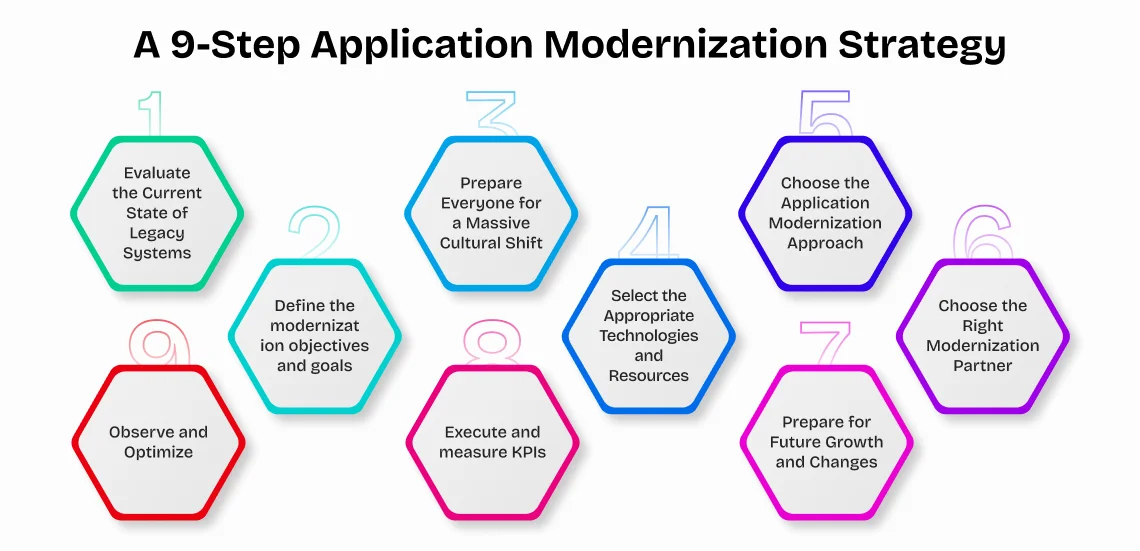
1. Evaluate the Current State of Legacy Systems
Before implementing the modernization strategy, thoroughly assess the existing legacy systems to understand their functionalities, architecture, performance bottlenecks, technology stack, security vulnerabilities, business impact, and compliance issues.
This evaluation establishes a solid foundation against which progress and success can be measured effectively.
2. Define the modernization objectives and goals
Define the goals and objectives for modernization clearly. Identify areas in the legacy system needing improvement or change, such as enhancing performance, scaling up, cutting maintenance costs, or adding new features to meet business demands.
This clarity helps align modernization efforts with strategic business priorities, ensuring they contribute effectively to overall success.
3. Prepare Everyone for a Massive Cultural Shift
It’s crucial for enterprises to bridge the skill gap to ready their workforce for transformation. Application modernization often entails substantial changes in workflows, processes, and mindsets.
Prepare stakeholders, including employees, management, and end-users, for these cultural shifts. Clearly communicate the benefits of this decision to stakeholders and provide training to IT staff to familiarize them with the new app’s tech stack or IT infrastructure to garner support and minimize resistance.
4. Select the Appropriate Technologies and Resources
Identify and select technologies including frameworks, programming languages, cloud platforms, and more that align with the modernization goals and also support future scalability. Also, ensure that these selected technologies seamlessly integrate with the existing system.
5. Choose the Application Modernization Approach
Determine the most suitable application modernization strategy based on the evaluation of the legacy system and defined objectives. Here are the commonly adopted app modernization strategies:
- Rehosting (Lift and Shift): Migrate existing applications to the cloud without changing their codebase to improve scalability and ease of maintenance.
- Refactoring/Re-architecting: Restructure or rewrite(without a complete rewrite) the application’s codebase to improve performance, scalability, or architecture.
- Replatforming: Transfer applications to a new runtime platform with minimal code changes.
- Repurchasing (Replace): Replace the legacy application with a commercial off-the-shelf (COTS) solution.
- Retiring: Decommission outdated or redundant applications.
- Retaining (Revisit): Continue using existing applications while periodically reassessing their relevance and future plans.
Read our blog on cloud migration strategy to explore these strategies in detail, including when to use them.
6. Choose the Right Modernization Partner
Putting together an in-house team to execute app modernization can be a time-consuming task. Instead, you can opt for an app modernization partner with a team that has experience and expertise in your chosen strategy and technologies.
Apart from evaluating the partner’s track record, project management capabilities, and security practices, ensure the partner understands your business goals and can deliver within the specified time frame and budget.

7. Prepare for Future Growth and Changes
Just as you’ve faced scalability and integration issues with your legacy application, to eliminate the possibility of encountering them again, consider modernizing the app to be flexible, scalable, and adaptable.
This ensures it can accommodate future growth and changing business needs. Additionally, implement continuous integration and a continuous delivery pipeline to streamline future updates and enhancements.
8. Execute and measure KPIs
Implement the modernization plan in phases or iterations, starting with a pilot project if necessary. Define key performance indicators (KPIs) to track progress. Here are some KPIs that will help you measure the success of your process:
- Performance KPIs: Response time, uptime, throughput, etc.
- User Experience (UX) KPIs: User satisfaction, adoption rate, etc.
- Business Value KPIs: ROI, total cost of ownership, time-to-market, etc.
- Technical KPIs: Deployment frequency, code quality, etc.
These KPIs provide a comprehensive framework for evaluating the effectiveness and impact of your application modernization efforts across different critical areas.
9. Observe and Optimize
After the deployment of strategies, monitor the modernized application. Gather feedback from users and stakeholders to identify areas for further optimization or improvement. Use analytics and performance metrics to refine the application and ensure it continues to meet business objectives effectively.
Partner with MindInventory for Seamless App Modernization
As a leading application modernization services provider, we empower businesses to unlock the full potential of their existing software through cutting-edge technology and cloud solutions. Our comprehensive services span application re-engineering, code refactoring, redesigning, re-architecting, and seamless cloud migration.
Backed by a team of seasoned developers, designers, and project managers, we employ strategic approaches and proven methodologies to modernize legacy applications with minimal disruptions.
To enhance your applications for improved efficiency and productivity, contact our team today to discover how we can assist you on your app modernization journey.
FAQs on Application Modernization
When selecting the right application modernization company, it is crucial to evaluate the company based on various criteria such as industry experience, expertise in app modernization technologies (cloud platforms, containerization tools, and more), modernization approach, client testimonials, and more.
The technologies and tools that play a vital role in app modernization include cloud platforms (public, private, or hybrid clouds), microservices architecture, DevOps and CI/CD tools (Jenkins, Git, etc.), containers (Docker, Kubernetes, etc.), AI/ML integration (TensorFlow, PyTorch, etc.), automation tools, and more.
The cost of modernizing a legacy application ranges from $40,000 – $2,000,000 and more, depending on the complexity of the legacy application. Several factors influence the cost of modernization, including the complexity of the application architecture, the extent of legacy code requiring refactoring or rewriting, integration requirements with modern systems, the scale of data migration, the level of necessary security enhancements, and the expertise, location, size, and engagement model of the development team involved.
Application modernization offers a wide range of benefits, including improved performance, operational efficiency, seamless collaboration, enhanced scalability, reduced operational and maintenance overhead, easier integration with other systems and platforms, and more.
